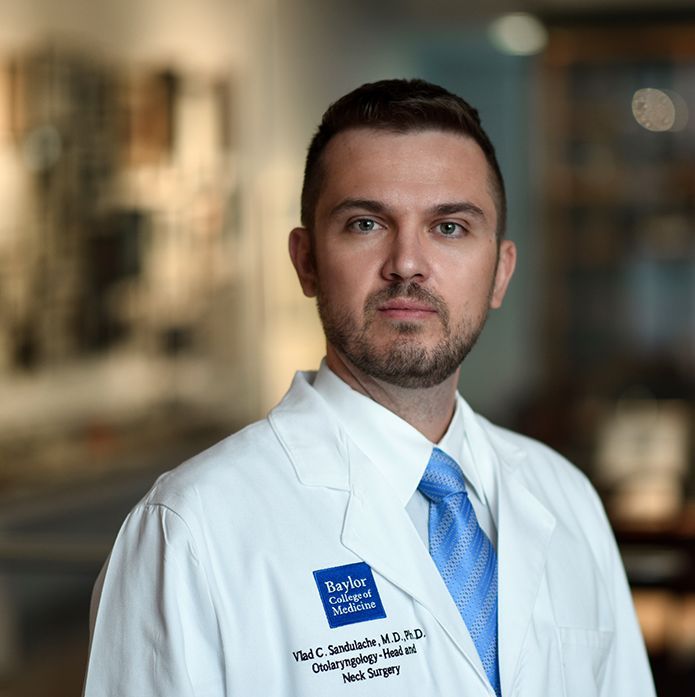Each year the AHNS Cancer Prevention Service awards Community Service Awards to individuals, departments, organizations or institutions in support of patient and community-oriented projects targeting head & neck cancer awareness and prevention. Drs. Vlad Sandulache and Diane Chen were recipients of this grant in 2019…
There are approximately 3 million people in the U.S. living with hepatitis C (HCV), with 16,000 new cases diagnosed annually. Because patients with HCV demonstrate an increased risk of hepatocellular carcinoma and other malignancies, and since HCV is now often a curable disease, screening for HCV is a US Preventative Services Task Force recommendation. Head and neck squamous cell carcinoma (HNSCC) remains a deadly malignancy, now manifesting an increased incidence secondary to the human papillomavirus (HPV). HNSCC incidence has been shown to correlate with HCV and dually exposed patients generally demonstrate poor survival overall.
Veterans have a disproportionately higher rate of HCV compared to the general population and also a higher risk of HNSCC in part due to increased tobacco consumption, and in part due to higher rates of HPV- associated HNSCC. Based on these data we instituted a cross-educational and screening program for Veterans with HNSCC and HCV at the Michael E. DeBakey Veterans Affairs Medical Center in Houston, Texas. Over the course of 18 months, we instituted an HCV screening program for Veterans with a new diagnosis of HNSCC; HCV screening was incorporated into our multi-disciplinary pre-treatment staging and counseling process. A total of 210 patients underwent screening as part of this effort. Following the introduction of HCV screening for patients with a new diagnosis of HNSCC, we extended the screening program to patients enrolled in the HNSCC Surveillance Clinic (treatment completion — 5 years post-treatment) and the HNSCC Survivorship Clinic (>5 years post-treatment). Currently, this has resulted in a robust screening program accompanied by counseling and education for Veterans with HNSCC regarding risk factors for HCV, basic pathophysiology of the disease and available treatment options. We are currently analyzing the data from the screening program to calculate the number of previously unknown HCV cases which were detected solely as a result of our screening, in order to determine whether this represents a sustainable, cost-effective activity.
Whereas screening HNSCC patients for HCV proved fairly easy to integrate into the normal work-flow associated with HNSCC care, screening and educational activities targeting HNSCC in the general Veteran population have proven somewhat more challenging. Multiple efforts in several countries and different health care delivery systems have failed to identify effective, cost-efficient HNSCC screening strategies, in large part due to the relatively low frequency of the disease in the general population. Given the relatively higher prevalence of HNSCC in the Veteran population, and particularly the Veteran population with HCV, we have instituted an educational program for both Veterans and PrimeCare providers as a first step toward instituting an in-person screening program for HNSCC. We are currently in the process of implementing an intermediate step in this transition, by leveraging the increased telemedicine capabilities of the institution in order to maximize patient outreach without generating unsustainable levels of clinical effort for the providers.
Together, it is our expectation that the cross-educational and screening activities
implemented over the last 18 months will decrease unnecessary morbidity and mortality associated with undetected HCV and HNSCC in the Veteran population.

